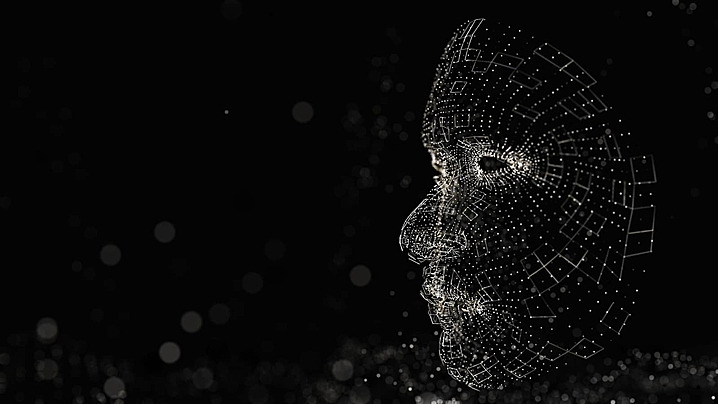Introduction
In the world of cutting-edge technology, luminous scans have emerged as a remarkable innovation. These scans have the potential to revolutionize various fields, from medicine to material science. If you’re curious about luminous scans and want to understand them better, you’ve come to the right place. In this article, we will delve deep into the world of luminous scans, shedding light on what they are, how they work, and their wide-ranging applications.
Table of Contents
The Basics of Luminous Scans
Luminous scans, also known as luminescence scans, are a sophisticated imaging technique that involves the detection and measurement of luminescent signals emitted by various substances. These signals are generated when a material absorbs energy from an external source, such as light or radiation, and then re-emits that energy as photons. This process, known as luminescence, forms the basis of luminous scans.
Understanding Luminescence
Luminescence is the emission of light or radiation that occurs without the material undergoing any significant temperature change. It’s a fascinating phenomenon that occurs in a variety of substances, including minerals, organic compounds, and even biological tissues. This emission of light can be in the form of fluorescence or phosphorescence, each with its unique characteristics.
How Luminous Scans Work
Luminous scans work by stimulating a sample with an external energy source, such as a laser or X-rays, and then measuring the emitted luminescent signals. These signals carry valuable information about the sample’s composition, structure, and properties. By analyzing these signals, researchers can gain insights into a wide range of applications, from identifying the presence of specific elements to dating ancient artifacts.
Applications of Luminous Scans
Luminous scans have found applications in various fields, thanks to their versatility and precision. Let’s explore some of the most notable applications:
1. Medical Imaging
In the field of medicine, luminous scans are used for imaging and diagnostics. For instance, they play a crucial role in radiology, where they help in detecting fractures, tumors, and other abnormalities in bones and tissues. Nowadays, medical image sharing has become easier than ever, and doctors are employing these systems to collaborate and provide more accurate diagnoses. Luminous scans are also employed in dental radiography for detailed examinations.
2. Archaeology and Geology
Archaeologists and geologists rely on luminous scans to date ancient artifacts and study geological formations. By analyzing the luminescent properties of minerals and archaeological samples, researchers can determine their age and origin.
3. Material Science
Material scientists use luminous scans to investigate the properties of materials at the atomic and molecular level. This technology aids in the development of new materials with enhanced characteristics, such as increased durability or conductivity.
4. Environmental Monitoring
Luminous scans are valuable tools for environmental monitoring. They can be used to assess the quality of water and air by detecting the presence of pollutants and contaminants.
5. Security and Forensics
In security and forensics, luminous scans are employed to identify counterfeit currency, authenticate documents, and analyze crime scene evidence. The precision and reliability of these scans make them indispensable in solving criminal cases.
Shedding Light on Luminous Scans: Everything You Need to Know
You might be wondering how luminous scans differ from other imaging techniques, or perhaps you’re curious about their historical development. Here are some common questions and answers to enhance your understanding:
How do luminous scans differ from conventional X-rays?
Luminous scans are distinct from conventional X-rays in that they capture the luminescent signals emitted by the sample, providing more detailed information about its composition and structure. X-rays, on the other hand, rely on the absorption of radiation by the sample.
What is the history of luminous scans?
The history of luminous scans dates back to the early 20th century when scientists first discovered the phenomenon of luminescence. Over the years, advancements in technology have led to the development of sophisticated luminous scanning devices.
Are luminous scans safe for medical use?
Yes, luminous scans used in medical imaging are generally considered safe. They involve minimal radiation exposure, making them a preferred choice for diagnostic purposes. However, like any medical procedure, they should be administered by trained professionals.
Can luminous scans be used for art restoration?
Indeed, luminous scans have found applications in art restoration. They help conservators identify hidden layers of paint, detect forgeries, and assess the condition of artworks without causing any damage.
How do luminous scans contribute to environmental protection?
Luminous scans are instrumental in environmental protection by enabling the detection of pollutants in air and water. This information aids regulatory bodies in enforcing environmental regulations and ensuring the safety of ecosystems.
What is the future of luminous scans?
The future of luminous scans is promising, with ongoing research and development leading to more advanced and efficient scanning techniques. As technology continues to evolve, luminous scans will likely play an even more significant role in various fields.
Conclusion
In this article, we’ve illuminated the world of luminous scans, providing you with a comprehensive overview of their principles, applications, and significance. Luminous scans have become indispensable tools in medicine, science, and industry, contributing to advancements in these fields. As technology continues to advance, we can expect luminous scans to shed even more light on the mysteries of the world around us.


 Home
Home










